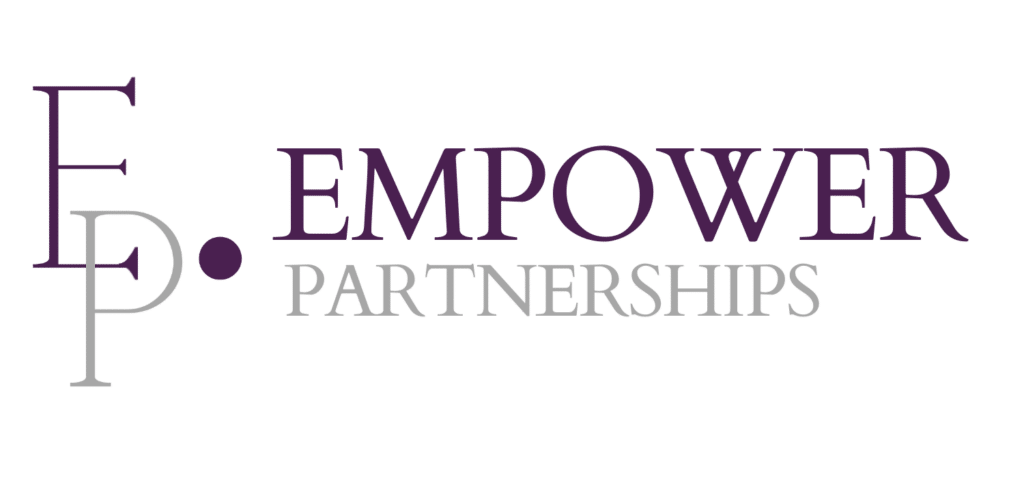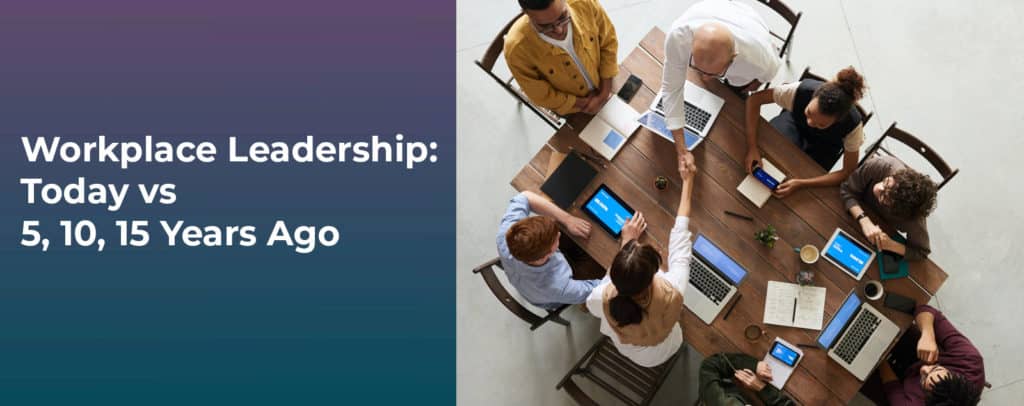An airtight talent acquisition process is only one part of creating a happy, productive workforce. Your success also depends on the people leading that talent. Let’s talk about what’s necessary for effective leadership in the face of today’s unique challenges.
Leadership Styles Over the Years
15 YEARS AGO
15 to 20 years ago, autocratic and task-oriented leaders were the norm. Managers tended to hold all of the control, making decisions based on their own views and experiences rather than gathering employee input.
10 YEARS AGO
As the 2010s came around, a new generation of workers—millenials—began populating the workforce and challenging traditional leadership styles. Those that embraced millennial attitudes thrived, and those that resisted suffered.
5 YEARS AGO
While we began seeing a shift towards collaboration and flexibility, the leaders of five years ago tended to follow a more administrative leadership model. They may not have been tough and autocratic, but they tended to “manage” rather than truly “lead.”
TODAY
Today’s best leaders don’t manage but empower, support, and inspire their employees, and they often act as members of the group. Many of these leadership qualities stem from significant technological and cultural changes, such as the rise of remote working.
Today’s Challenges, and the Leadership Skills Required to Overcome Them.
Supporting a remote workforce
Perhaps the biggest challenge leaders have had to face over the past few years is the major shift to remote and hybrid working. At the start of the COVID-19 pandemic, businesses everywhere needed to make sudden changes to their workflows, technology, and more. Now, the dust has settled, but leaders are still searching for the best ways to manage their remote or hybrid workforce despite ongoing challenges, such as social isolation, information silos, and a lack of face-to-face involvement.
What can you do?
- Clear communication: To avoid silos and encourage collaboration, leaders need to choose the mode of communication that works best for their teams, be it instant messaging, video calls, or email.
- Be adaptable: Don’t wait for a crisis to flex your adaptability skills. Managing people, projects, and change in a remote (and in-office) environment is an ongoing challenge that requires innovation and openness.
- Be understanding: During and post-COVID-19, compassion became a deciding factor for job seekers everywhere. From your onboarding to offboarding processes, sympathy should remain front of mind.
Navigating talent shortage issues
Supply chain problems have impacted just about every industry, including talent acquisition and recruitment. Experts had assumed people would return to work after the “Great Resignation” brought on by COVID-19, but that’s still not the case. Demographic changes, increased digitalization of businesses, and new generational values have all made it difficult for organizations to find talent with the right combination of technical and soft skills.
What can you do?
- Retain the talent you have: Recruiting and onboarding new team members is a highly intensive process, which is why business leaders should begin developing ways they can improve their retention strategy, help employees grow within the company, and resolve talent shortages from within.
- Go remote: If you aren’t offering remote work opportunities already, doing so can give you access to a wider pool of qualified candidates. Plus, there’s a good chance it will also benefit your retention efforts.
- Examine your recruitment process: Does your talent acquisition strategy meet today’s needs? Rethinking your job postings, enlisting the help of a data-driven agency, and seeking out transferable skills all may boost your chances of filling talent openings.
Meeting new needs & expectations
Flexibility, support, and work-life balance are some of the keywords that define the new employee expectations ushered in over the last few years. However, many business leaders let unfounded ideas about generational gaps trick them into ignoring these changes, and as a result, they’re unable to bring in the fresh talent they need to keep driving their business forward.
What can you do?
- Offer mental health support: With 40% of workers thinking burnout is necessary for success, supporting employee well-being is more important than ever. To stay competitive and foster a happy workplace, provide mental health resources, keep workloads manageable, and monitor employee stress levels.
- Create development opportunities: Today’s employees want to build their career resiliency. If they feel they’ve become stagnant, they’lll move on. Even if you don’t have the budget for big raises or promotions, offer other professional and skill development opportunities.
Ready to bring your business’s leadership into today? We can get you there with our holistic talent management services. Connect with us to learn more about how we help you develop and retain talent with our leadership training, culture and engagement strategies, career coaching, and more.



